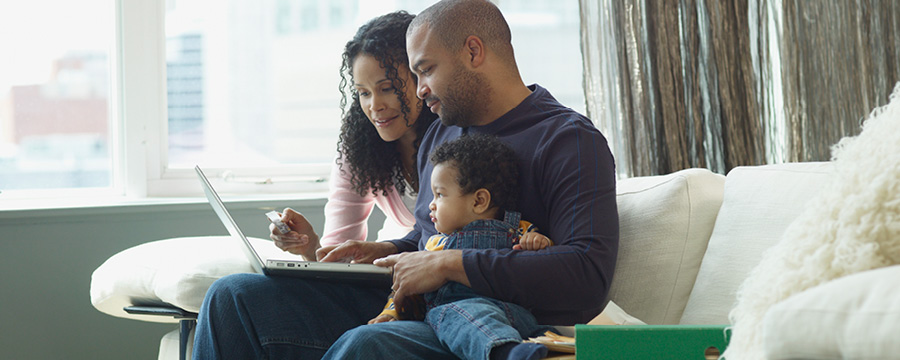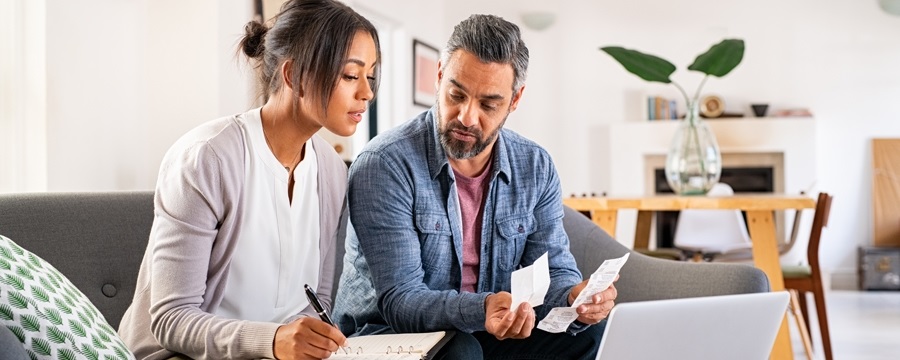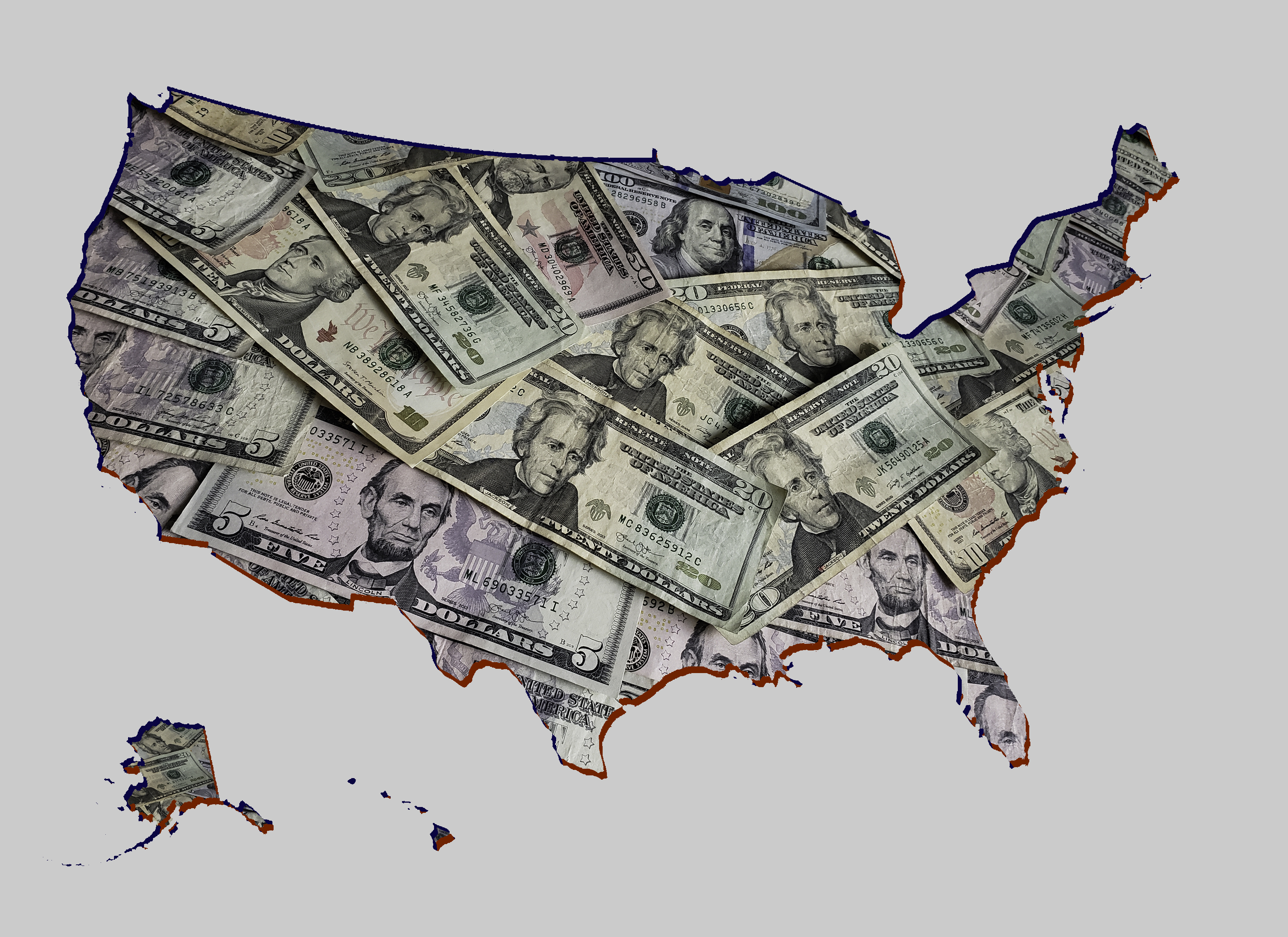Tax-Free Capital Gains: A Tax Break for the Middle Class
Taxpayers in the two lowest brackets owe no tax at all on long-term gains and qualified dividends.

For most people, long-term capital gains are taxed at 15%. Same goes for qualified dividends. The wealthiest investors are taxed at 20%.
But investors in the two lowest income tax brackets pay no tax at all on capital gains and dividends. That can be a nice break for retirees, who are not taxed on some or all of their Social Security benefits. The unemployed, who may have had to tap their investments to make ends meet, can also benefit.
To take advantage of the zero-percent capital-gains rate for 2015, taxable income can't exceed $37,450 if you are single; $50,200 if you are a single head of household with dependents; or $74,900 if you are married filing jointly. Note that this is taxable income. That's what's left after you subtract personal exemptions, as well as your itemized deductions or standard deduction, from your adjusted gross income.
From just $107.88 $24.99 for Kiplinger Personal Finance
Become a smarter, better informed investor. Subscribe from just $107.88 $24.99, plus get up to 4 Special Issues

Sign up for Kiplinger’s Free Newsletters
Profit and prosper with the best of expert advice on investing, taxes, retirement, personal finance and more - straight to your e-mail.
Profit and prosper with the best of expert advice - straight to your e-mail.
There are plenty of other ways to save when you file your return. Check out eight more tax breaks for the middle class.
Profit and prosper with the best of Kiplinger's advice on investing, taxes, retirement, personal finance and much more. Delivered daily. Enter your email in the box and click Sign Me Up.

In his former role as Senior Online Editor, David edited and wrote a wide range of content for Kiplinger.com. With more than 20 years of experience with Kiplinger, David worked on numerous Kiplinger publications, including The Kiplinger Letter and Kiplinger’s Personal Finance magazine. He co-hosted Your Money's Worth, Kiplinger's podcast and helped develop the Economic Forecasts feature.
-
 How to save for college and retirement at the same time
How to save for college and retirement at the same timeSponsored Consider these steps to balance two of life’s most significant financial goals.
-
 8 ways to potentially lower your taxes
8 ways to potentially lower your taxesConsider these strategies to potentially reduce your taxes.
-
 6 common tax mistakes for investors to avoid
6 common tax mistakes for investors to avoidSponsored Watch for these common tax mistakes to avoid for investors, to help manage the impact of taxes on your portfolio.
-
 2026 State Tax Changes to Know Now: Is Your Tax Rate Lower?
2026 State Tax Changes to Know Now: Is Your Tax Rate Lower?Tax Changes As a new year begins, taxpayers across the country are navigating a new round of state tax changes.
-
 3 Major Changes to the Charitable Deduction for 2026
3 Major Changes to the Charitable Deduction for 2026Tax Breaks About 144 million Americans might qualify for the 2026 universal charity deduction, while high earners face new IRS limits. Here's what to know.
-
 Retirees in These 7 States Could Pay Less Property Taxes Next Year
Retirees in These 7 States Could Pay Less Property Taxes Next YearState Taxes Retirement property tax bills could be up to 65% cheaper for some older adults in 2026. Do you qualify?
-
 Estate Tax Quiz: Can You Pass the Test on the 40% Federal Rate?
Estate Tax Quiz: Can You Pass the Test on the 40% Federal Rate?Quiz How well do you know the new 2026 IRS rules for wealth transfer and the specific tax brackets that affect your heirs? Let's find out!
-
 5 Types of Gifts the IRS Won’t Tax: Even If They’re Big
5 Types of Gifts the IRS Won’t Tax: Even If They’re BigGift Tax Several categories of gifts don’t count toward annual gift tax limits. Here's what you need to know.
-
 The 'Scrooge' Strategy: How to Turn Your Old Junk Into a Tax Deduction
The 'Scrooge' Strategy: How to Turn Your Old Junk Into a Tax DeductionTax Deductions We break down the IRS rules for non-cash charitable contributions. Plus, here's a handy checklist before you donate to charity this year.
-
 Tax Refund Alert: House GOP Predicts 'Average' $1,000 Payouts in 2026
Tax Refund Alert: House GOP Predicts 'Average' $1,000 Payouts in 2026Tax Refunds Here's how the IRS tax refund outlook for 2026 is changing and what steps you can take now to prepare.
-
 New IRS Changes to FSA Contribution Limits for 2026: What to Know
New IRS Changes to FSA Contribution Limits for 2026: What to KnowHealth Care Flexible Spending Accounts have tax advantages worth looking into, especially in light of new IRS changes.